7 Bodyweight Exercises to Stay Lean Over 50, According to a Champion Bodybuilder

Are you over fifty, and aren't sure what exercises to do? Does the gym overwhelm you? Or, do you just want to get a quick workout in, but don't have any equipment? There are exercises you can do in the comfort of your own home, no extra weights needed. Body Network chatted with Mr. America himself, Jason Kozma, a Los Angeles personal trainer, High Performance Personal Training, and asked him for his expert opinion: What are the best moves to get fit after 50 that you can do at home? "Here are seven effective bodyweight exercises that can help you stay lean and strong over 50, focusing on strength, mobility, and joint-friendly movement," he says.
Bodyweight Squats
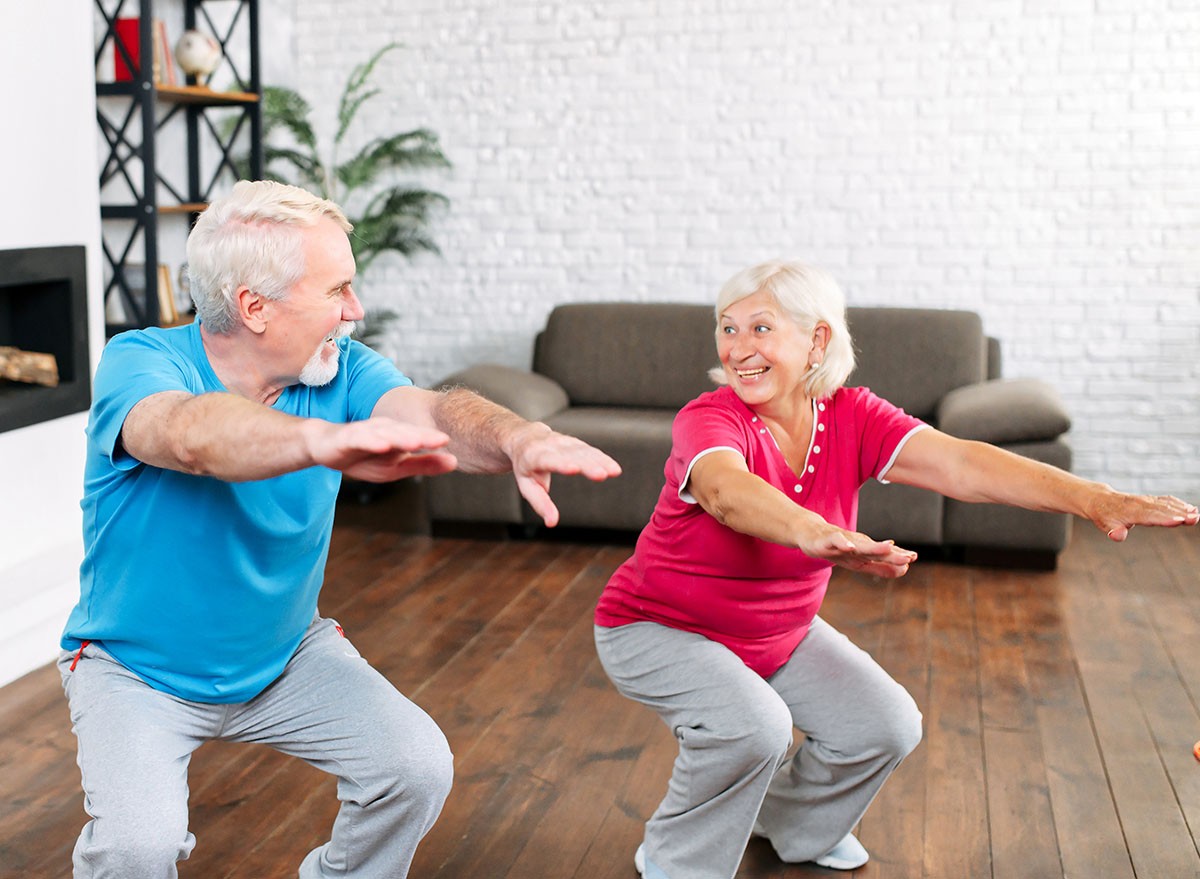
The first move he recommends? Bodyweight squats.
Targets: Legs, glutes, and core
Why: Builds lower-body strength and supports mobility and balance.
Wall Push-Ups
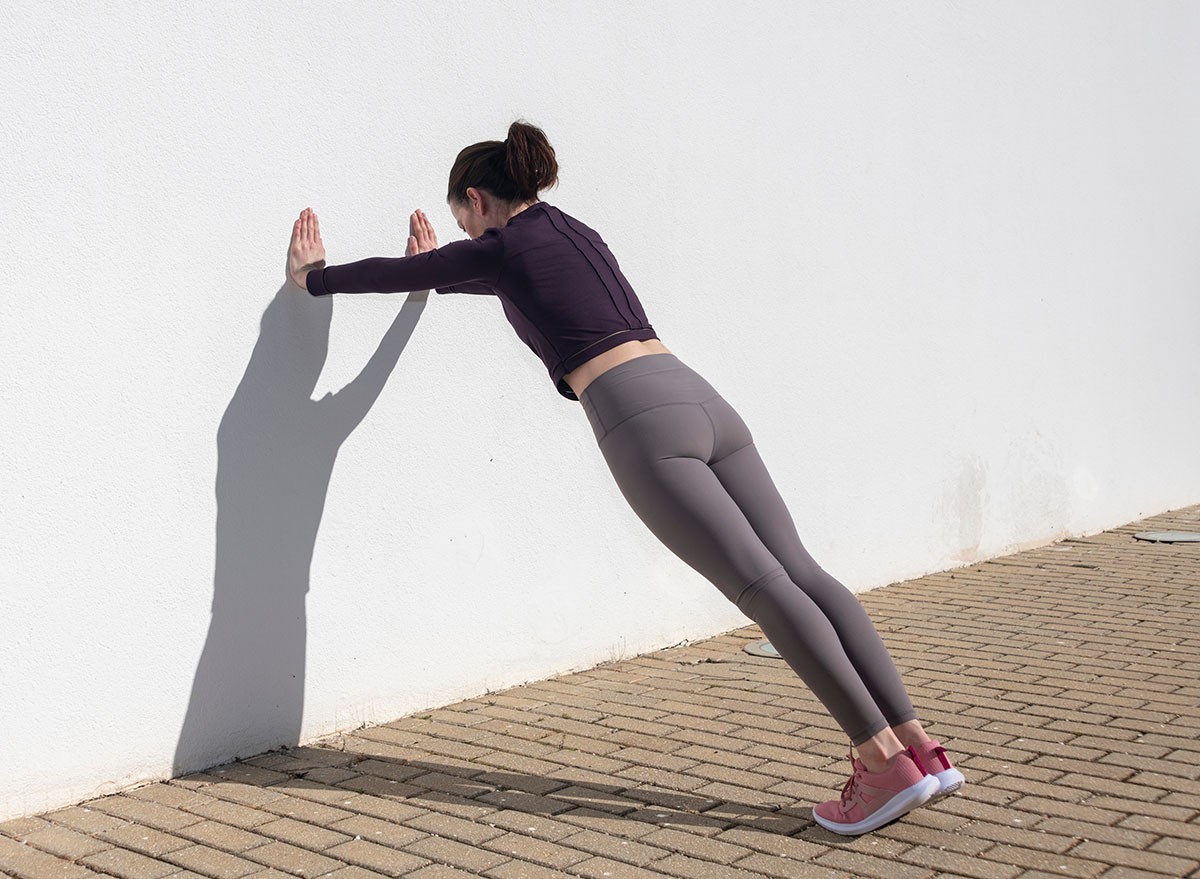
Next up? Wall push-ups. "Or Knee push-ups for more challenge," he says.
Targets: Chest, shoulders, and arms
Why: Strengthens the upper body without stressing joints.
Glute Bridges
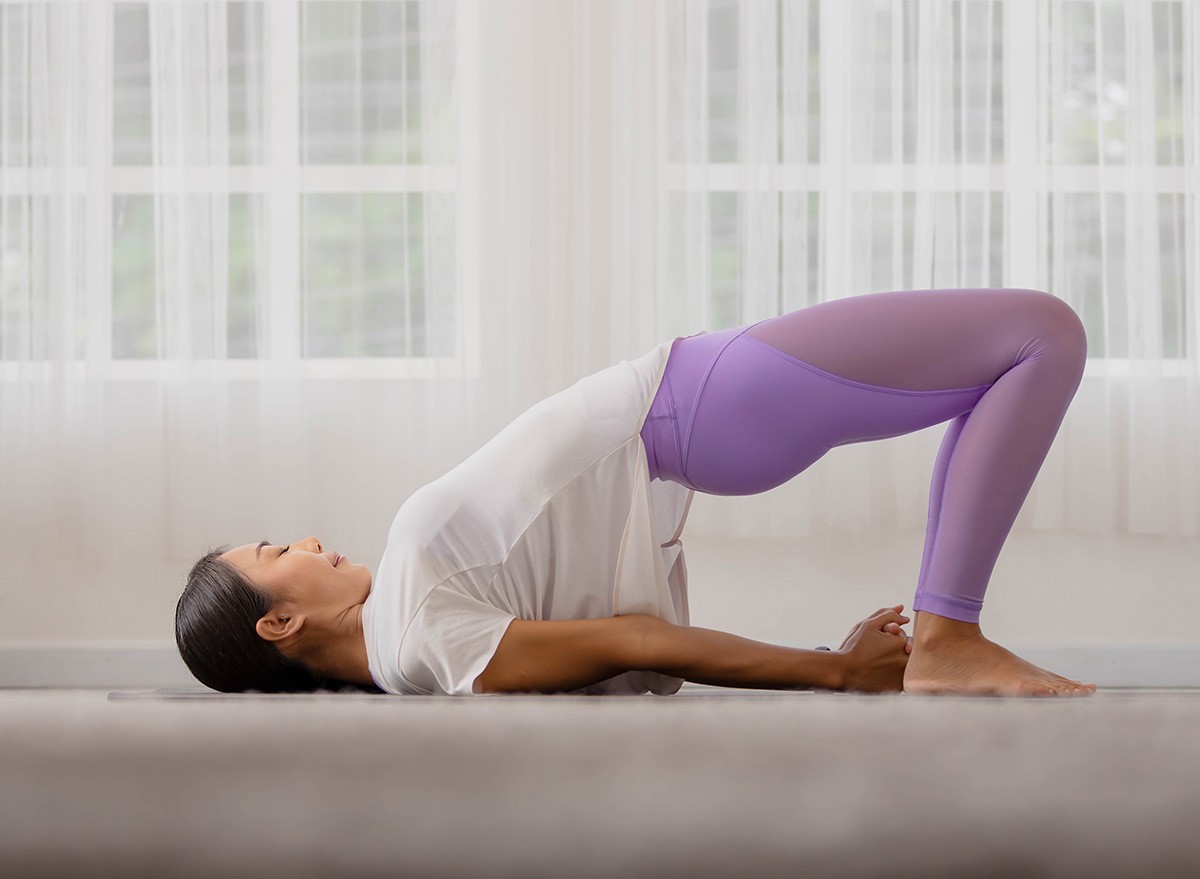
Glute bridges are another effective bodyweight exercise to build muscle, according to Kozma.
Targets: Glutes, hamstrings, and lower back
Why: Supports hip health and improves posture.
Step-Ups
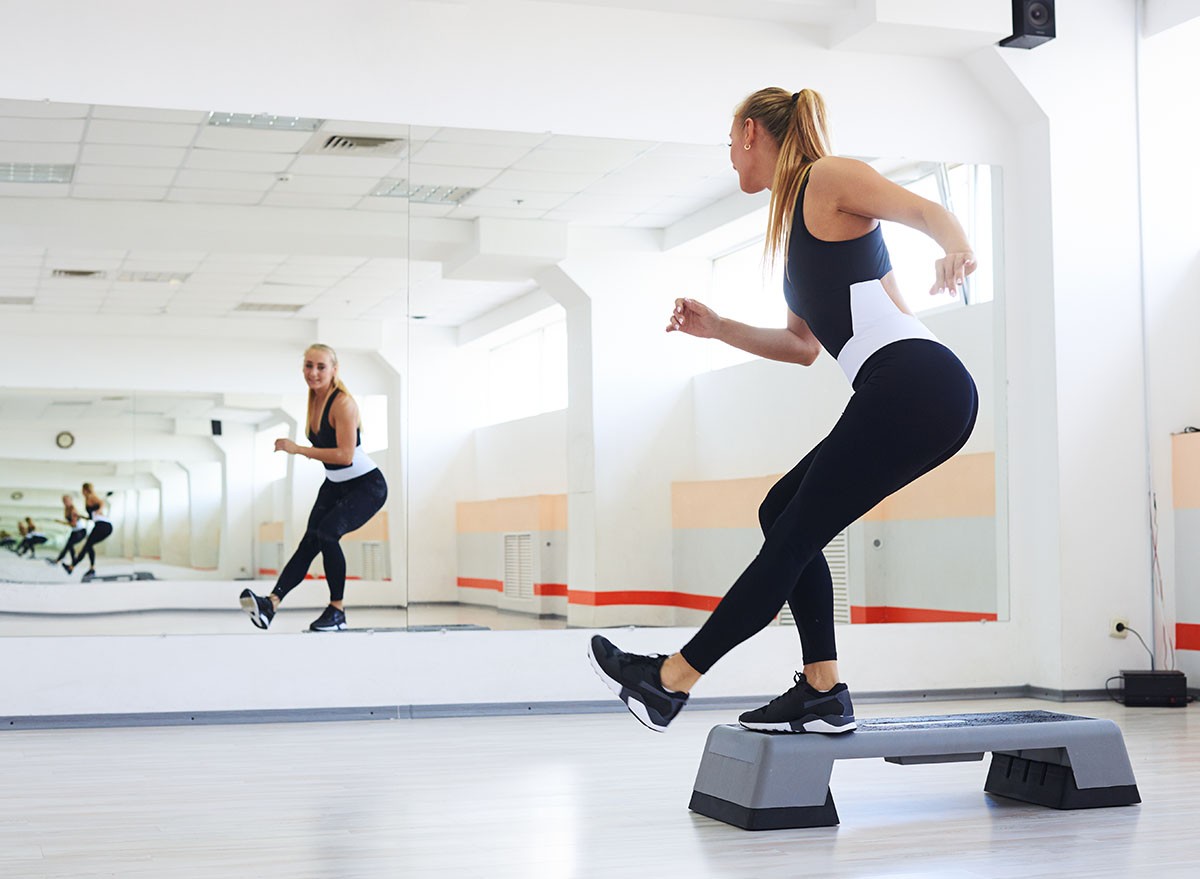
Kozma is also a fan of step-ups. He recommends doing them "using stairs or a sturdy platform" if you don't have a step tool.
Targets: Quads, hamstrings, and glutes
Why: Great for leg strength and balance.
Bird-Dog
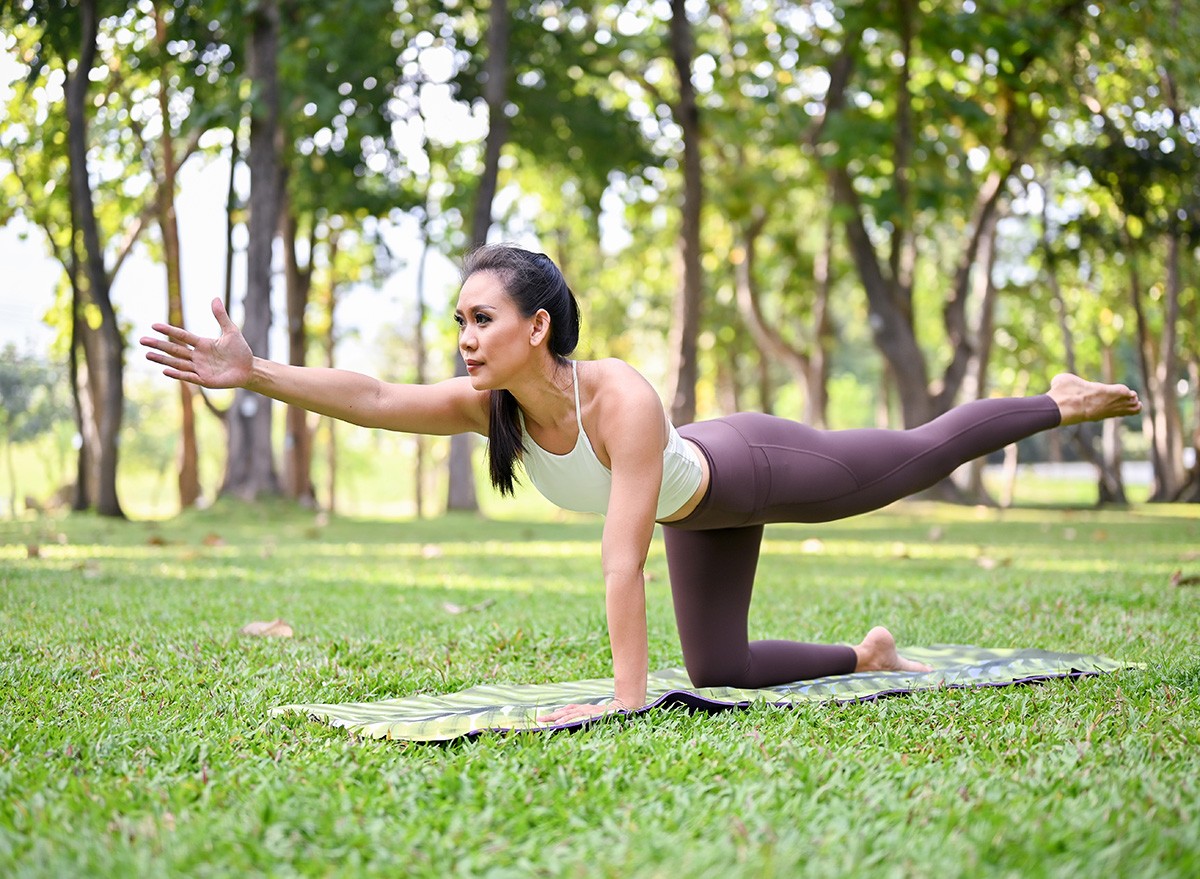
Bird dogs are another great exercise you can do at home without any weights.
Targets: Core and lower back
Why: Enhances stability and supports spine health.
Plank

He also recommends planks, either on elbows or hands. The brutal exercise is great for multiple areas of your body.
Targets: Core, shoulders, and back
Why: Builds core strength and endurance.
Standing March or High Knees
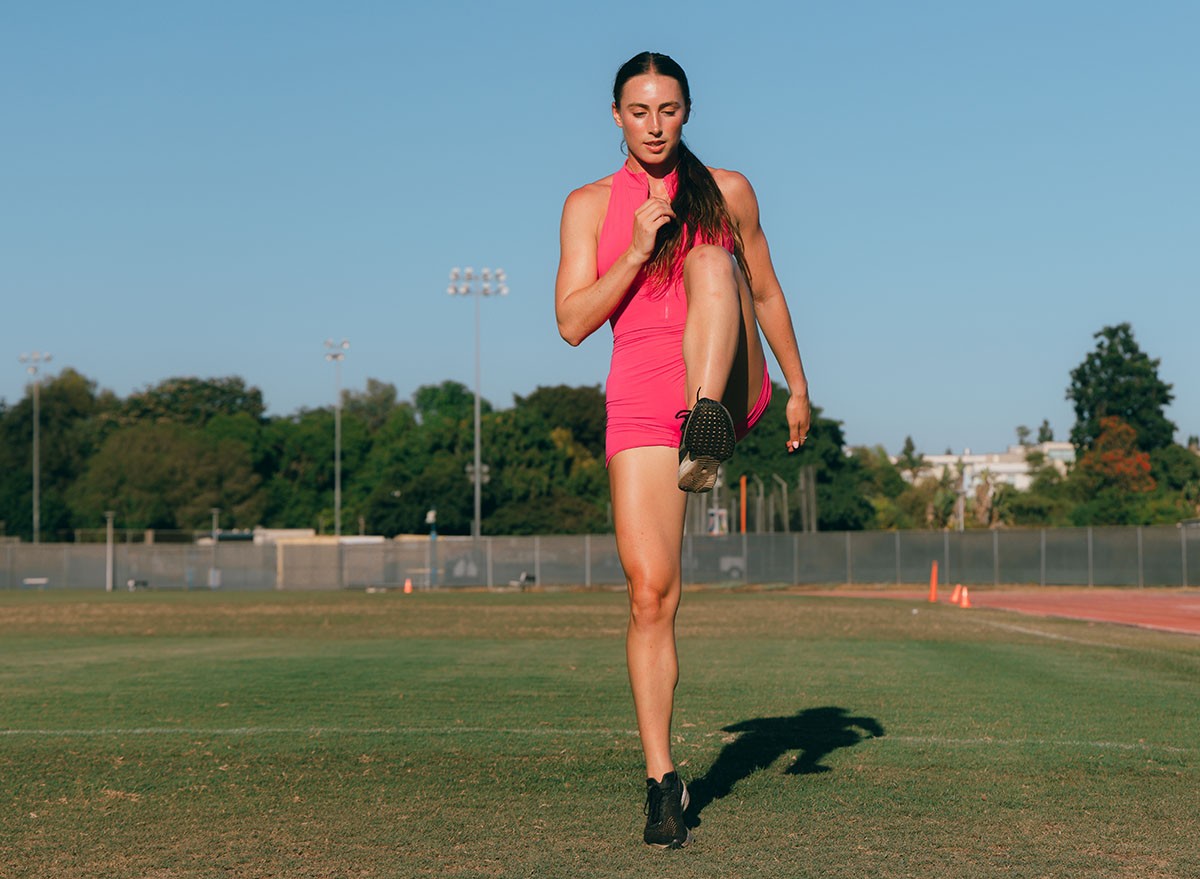
His final recommendation is the standing march or high knees, a low-impact move.
Targets: Core, legs, and cardiovascular system
Why: Boosts heart rate and coordination without jumping.
How Many Reps Should You Do?
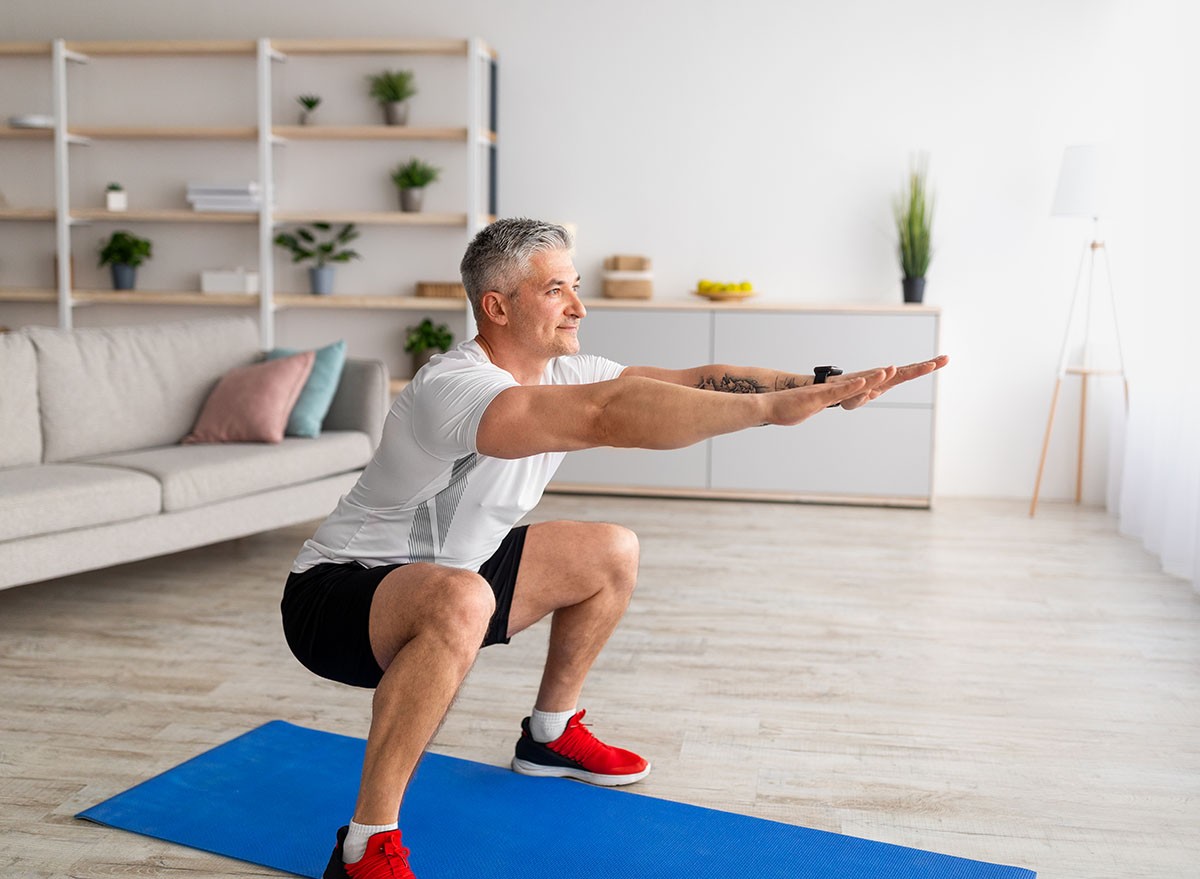
How many reps do you need to do to see results? "For beginners, it's best to start with one set of 10 repetitions daily," suggests Kozma. And if you enjoyed this article, don't miss 12-3-30 Walking Method: 20 Proven Tips to Lose Weight Faster.




